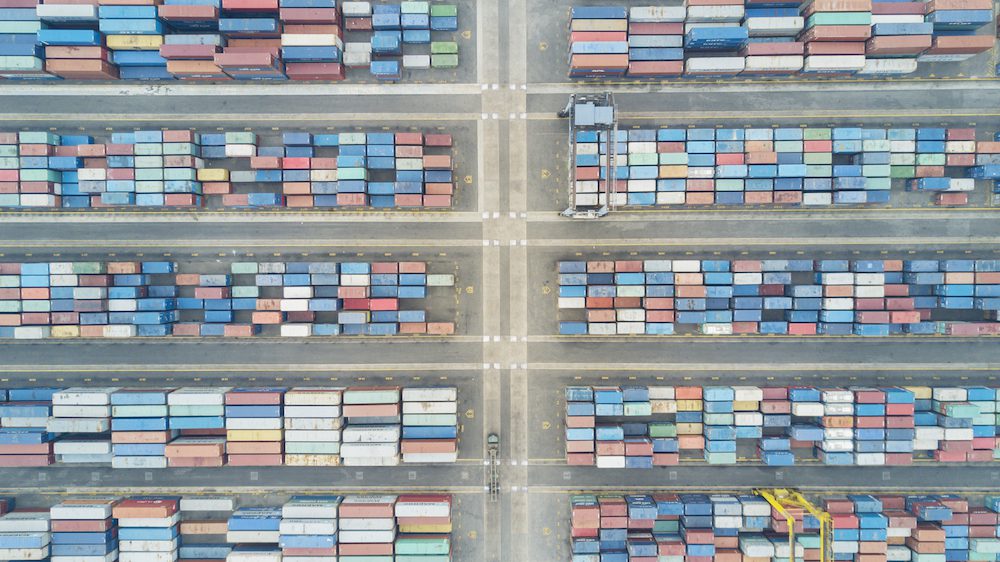Canada to Drop Many Counter-Tariffs in Olive Branch to Trump
By Brian Platt and Josh Wingrove Aug 22, 2025 (Bloomberg) –Canada will remove its retaliatory tariffs on a long list of US products that comply with the existing North American trade...

Photo: Creativa Images / Shutterstock.com
![]() JAKARTA, Aug 7 (Reuters) – Workers at one of the operators of Indonesia’s busiest ports ended their strike on Monday, sooner than planned, out of consideration for the “national interests”, the chairman of the labour union said.
JAKARTA, Aug 7 (Reuters) – Workers at one of the operators of Indonesia’s busiest ports ended their strike on Monday, sooner than planned, out of consideration for the “national interests”, the chairman of the labour union said.
More than 600 workers of PT Jakarta International Container Terminal (JICT) have been on strike since Thursday to demand bonus payments, disrupting operations at the biggest terminal of Jakarta’s Tanjung Priok port.
JICT operates the largest container terminal at Tanjung Priok, handling 70 percent of the port’s exports and imports.
The JICT Labour Union had originally planned to extend the action until Aug. 10.
Twenty ships that JICT was scheduled to handle by Aug. 10 have been redirected for loading and unloading at other terminals due to the strike – although government officials and JICT executives have said port activities remained “smooth”.
The chairman of the union, Nova Sofyan Hakim, said in a statement he had ordered members to stop the strike on Monday afternoon “for the sake of our interests, our dreams and for the greater national interests”.
Hakim said workers faced intimidation during the strike and JICT clients were forced to bear losses worth hundreds of millions of dollars.
A communication officer of JICT declined to comment and referred to remarks the company made at the weekend in which JICT’s Vice President Director Riza Ervani advised the union to settle the dispute through dialogue mediated by the government.
“Let’s follow the rules and not sacrifice public and national interests because we all know Tanjung Priok is the gate of our economy and a vital national object,” Erivan told a news conference on Sunday.
Earlier on Monday, Indonesia reported economic growth in the second quarter that was below expectations, partly due to a slowdown in export growth.
JICT is controlled by Hong Kong-based Hutchison Ports and state-owned operator Pelindo II. (Reporting by Agustinus Beo Da Costa and Hidayat Setiaji; Writing by Gayatri Suroyo; Editing by Alison Williams)
(c) Copyright Thomson Reuters 2017.

Sign up for gCaptain’s newsletter and never miss an update

Subscribe to gCaptain Daily and stay informed with the latest global maritime and offshore news


Stay informed with the latest maritime and offshore news, delivered daily straight to your inbox
Essential news coupled with the finest maritime content sourced from across the globe.
Sign Up